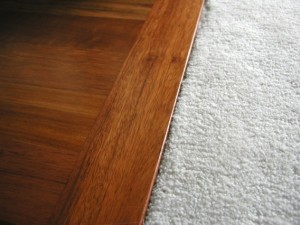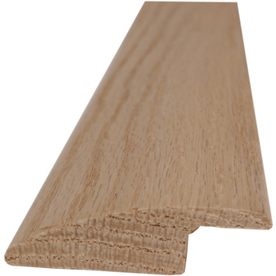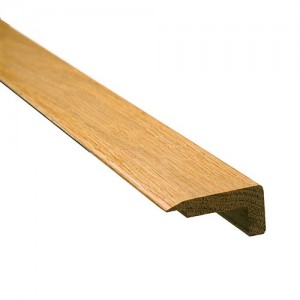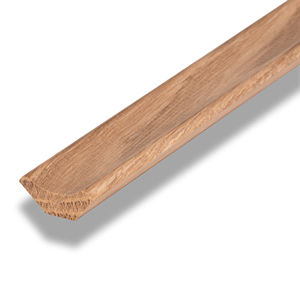Different Types of Transition Strips
 Image courtesy by: fetzkc.com
Image courtesy by: fetzkc.com
So you just fitted your new hardwood flooring in one room of your home and now you want to install a transition strip, in order to bridge the gap between the two surfaces. But since there are several different types of transition strips in the market, how will you know which one is suitable for your specific situation?
To help you figure it out, in this article we will look into the different types of transition strips and what purpose each of them serves.
What is a transition strip?
Transition strip is a narrow piece of molding, that bridges two floors of different level, in order to provide a smooth transition from one room to the next. Additionally, it covers the necessary gap that is left between the two different floors, to allow the hardwood floor to expand and contrast with changes in temperature and humidity.
The different types of transition stripes and their purpose:
The most important factor you'll need to take into consideration before you visit your local hardware store, is the height (thickness) difference between the two floors. This will determine which type of transition strip would be best for you to install.
T-bar
T-bar is made of solid wood and is ideal for transitioning from a hardwood floor to another flooring with hard surface and a similar height, such as ceramic tiles or hardwood. It is called T-bar because of it's T profile shape and you can either nail it, or glue it down to the subfloor with construction adhesive.
 Image courtesy by: guizmodesigns.com
Image courtesy by: guizmodesigns.com
Reducer Moulding
This type of transition strip is used when you want to join two floors of different thickness, such as a laminate and a vinyl flooring. More specifically, the reducer moulding will ensure a smooth transition from the one surface to the other, while making it aesthetically pleasant. It comes in a variety of thicknesses and stain finishes and cannot be used with a floating floor.
 image courtesy by: lowes.com
image courtesy by: lowes.com
End bar
An end bar is used to help bridge the gap between a hardwood or laminate flooring and a door or a different type of flooring, such as carpet. Like a reducer moulding, it is a perfect way for joining two different types of floor with unequal (bigger) heights, but not only. It covers the edge of the hardwood or laminate flooring where skirting board cannot be used and ensures that it stays in place.
 Image courtesy by: globalmarket.com
Image courtesy by: globalmarket.com
Stair nosing
As the name indicates, a stair nosing is used to ensure a very neat finish on the front edge of a step or stair. It makes your staircase safer for you to walk on, as it increases a bit the length of each step and protects the stair edging from getting damaged. It can either be screwed or glued.

Skirting board
A skirting board is a wooden board, used to hide the expansion gap that's been left between the wood flooring and the plastered walls. Additionally, it's purpose is to protect the wall from scuffs, furniture, abrasion and kicks and also serves as a decorative element to the room. Skirting boards can either glued, screwed or nailed horizontally onto the walls.
 Image courtesy by: clearlyinteriors.com
Image courtesy by: clearlyinteriors.com
Scotia
This decorative moulding is made of solid wood and is installed around the edge of a room, to cover the required expansion gap between the wood flooring and skirting board. It is fixed to the skirting board and over the top of the flooring and it comes in different types to suit every type of wood flooring. To find out more about the different types of scotia, click here.


